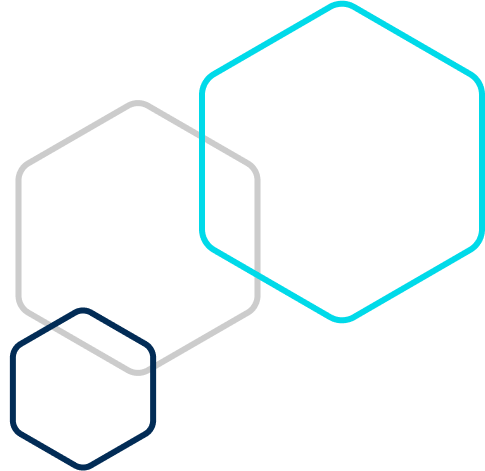Source:
Mediumon
August 27, 2023
Curated on
August 29, 2023
The article introduces and explains the concept of Graph-of-Thoughts, a recent addition to the family of prompt engineering techniques used with language learning models (LLMs), such as ChatGPT, Claude, and LLama. A prompt is the prefix given to a language model, and the data specified here significantly influences the model's choice of next token sequence. Techniques like Chain-of-Thoughts and Tree-of-Thoughts have aimed to refine the way we prompt and steer LLMs. Enter Graph-of-Thoughts, an evolution of these which allows thoughts to be represented as Direct Acyclic Graphs, permitting a loop over a thought or the aggregation of multiple thoughts into a better one.
Graph-of-Thoughts works by representing vertices as thoughts generated by the input’s prompt. Edges represented by (t1, t2) mean that thought2 is generated by prompting an LLM starting from thought1 with a possibility of transformations which are responsible for adding new vertices and edges (new thoughts). Different kinds of transformation include Aggregations (combining thoughts), Refinement (improving a single thought), and Generation (creating new thoughts from other thoughts). The system also includes a mechanism to score and rank thoughts, determining which to aggregate, refine, or drop. The overall architecture of Graph-of-Thoughts includes a Prompter, Parser, Graph of Operations, Graph Reasoning State, and Controller, working together to generate, aggregate, and score thoughts.




